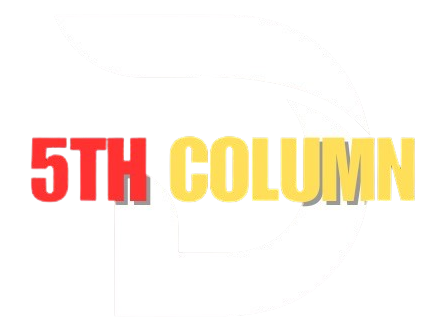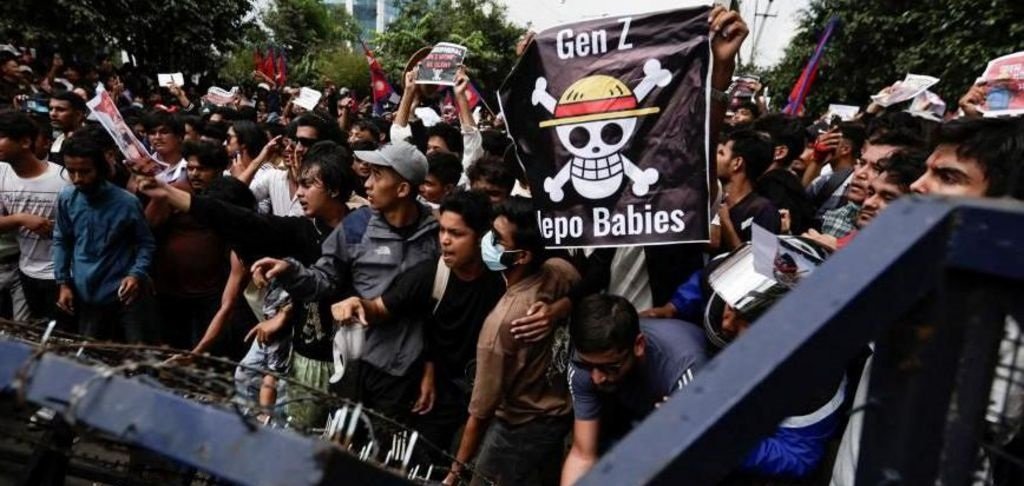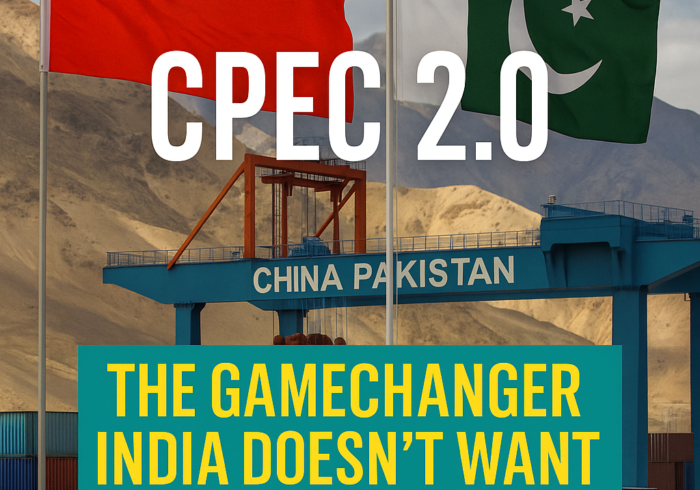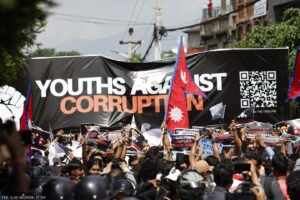 Introduction
Introduction
In early September 2025, Nepal made a sweeping move: it blocked 26 popular social media platforms including Facebook, X (formerly Twitter), YouTube, Instagram, and WhatsApp. The government claimed it did this because those platforms failed to register under new communication rules. What followed was one of the most dramatic youth-led uprisings seen in South Asia in recent years. Protests erupted nationwide under slogans like “Shut down corruption, not social media,” fueled by anger over economic desperation, corruption allegations, and political nepotism. (Britannica Encyclopedia Britannica; Reuters Reuters)
Trigger, Timeline & Escalation
-
September 4, 2025: Government officially orders suspension of 26 platforms, citing non-compliance with rules under the Ministry of Communication and Information Technology. Some platforms, like TikTok and Viber, complied and remained operational. (AP News AP News)
-
September 8: Mass protests led by young people — many students — erupt in Kathmandu and other cities. Demonstrators clash with police, attempt to storm parliament, buildings set alight. At least 19 protesters killed, over 100 injured. The Home Minister resigns. Slogans mix demands for online freedom with denouncements of corruption, elitism, and inequality. Reuters+2The Guardian+2
-
September 9–10: Government lifts the social media ban. The Prime Minister resigns. Curfews imposed in Kathmandu. Nationwide unrest continues. Total casualties rise (some reports say over 70 dead, more than 2,000 injured in the broader period of escalation) as protesters expand their demands beyond just social media regulation to systemic change. AP News+4Encyclopedia Britannica+4AP News+4
What the Government Says vs Public Outcry
-
Government’s Position: Authorities justified the ban as a legal, regulatory move — platforms needed to register, appoint a liaison office, follow rules for oversight, and comply with new legislation to ensure responsible content. Non-compliance was framed as a violation of national regulations. AP News+2Encyclopedia Britannica+2
-
Protester Demands & Fears: Young demonstrators saw the ban as a wedge in free expression — suppressing dissent rather than protecting citizens. The ban came atop frustrations over corruption, widespread youth unemployment (≈ 20+ %), growing inequality, and perceived elite privilege (viral content showing “Nepo Kids” flaunting luxury while many youth struggle). Protesters also feared that regulation could slide into censorship. The Guardian+3Encyclopedia Britannica+3Cambridge University Press & Assessment+3
Consequences & Outcomes
-
Political Fallout: The Prime Minister, K. P. Sharma Oli, resigned. An interim government was formed, led by Sushila Karki, the first female prime minister not from a major political party, tasked with overseeing a transition until elections in early 2026. Wikipedia+2AP News+2
-
Ban Lifted: Social media platforms restored shortly after the violence and public outcry. Authorities imposed curfews, promised investigations, compensation, and free medical treatment for the injured. Reuters+2AP News+2
-
Broader Momentum: The protests have become symbolic of a generational demand for accountability, transparency, and reform — not just in regulation of online platforms, but in governance structures, corruption oversight, and economic opportunity. Cambridge University Press & Assessment+2Encyclopedia Britannica+2
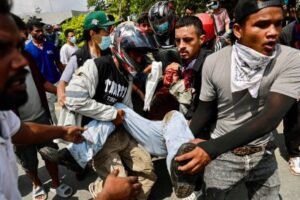 The Tension: Regulation vs Freedom
The Tension: Regulation vs Freedom
-
Every democratic society faces this dilemma: to what extent can regulation of social media be justified in the name of public safety, prevention of misinformation, and preventing online abuses — and where does it cross into suppression of dissent?
-
Another risk: sudden shutdowns damage not just political speech but also economic uses of the internet, education and business that rely on connectivity. For many youth, digital platforms are lifelines for communication, work, and activism.
-
The speed and scale of regulation matter. Hasty laws without clarity, lacking checks and remedies, often trigger backlash rather than compliance.
Conclusion :
Nepal’s protests show how deeply social media is woven into modern life — as a tool for expression, community, identity, and dissent. When authorities try to cut access without addressing underlying grievances, they risk igniting unrest rather than order. The Nepali example suggests that meaningful regulation requires legitimacy: developing rules in consultation, ensuring rights, and avoiding the imposition of top-down control that feels like censorship. Countries watching from the sidelines, including Pakistan, should take note: to regulate is one thing, to silence is another.
